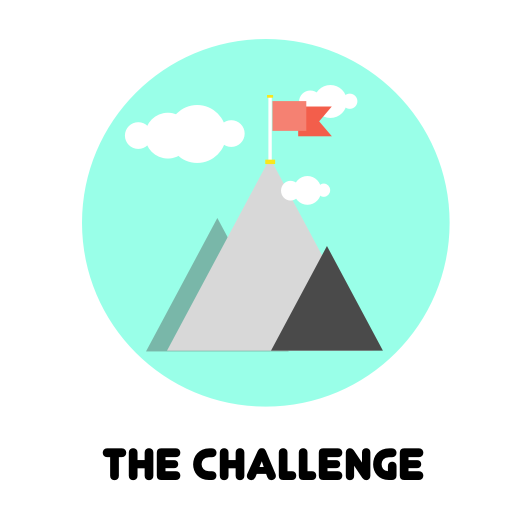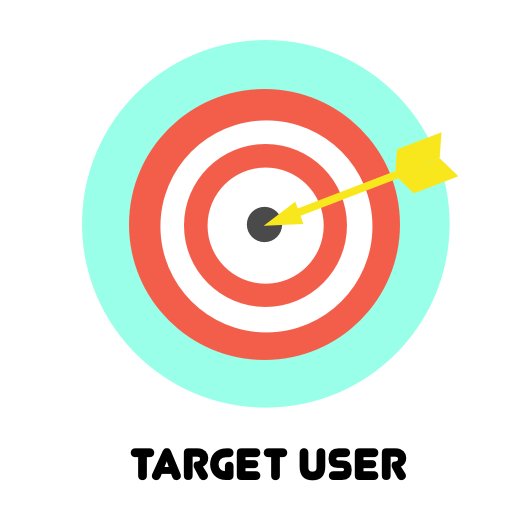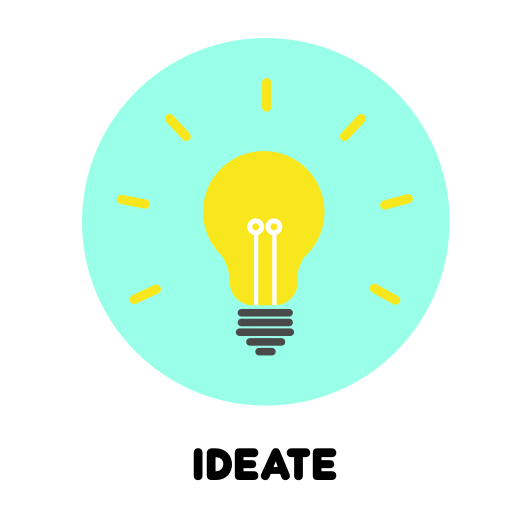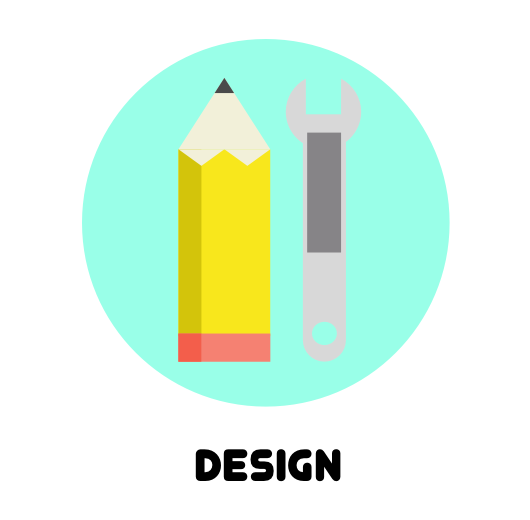Case Study
artificial intelligence in small to medium sized businesses
Feedback collection game for ChoiceAssistant.
ChoiceAssistant
Objective: Our task was to look at how businesses currently gather customer feedback and create an idea that would allow for that collection process.
What we did: Product Development and Ideation, UX/UI Design, Research, Surveys, User Interviews, Wireframing, Game & Logo Design, User Testing, Prototyping, Mockups
My Role: Project Manager, UX/UI Design, Game & Logo Design, Research, User Testing, Wireframing, Prototyping
Tools used: Surveys/Interviews, Comparative & Competitive Analysis, Whiteboarding, Affinity Diagramming, User Testing, Paper Prototyping, Sketch, Xtensio, InVision, Axure
Jump to any part of my design process:
The Challenge
"Give me your feedback" - Said no Terminator, ever
ChoiceAssistant is a platform built by the company Alepo, a company that provides software and apps that enable global communications service providers to promote greater access to and consumption of communications services.
Our task was to look at how businesses currently gather customer feedback, and to create an idea that would allow for that collection process. Customer feedback is an extremely value commodity, giving businesses insight into how successful their operation is, where they're performing well, and information on areas they can adjust to serve customers better.
The interesting part about this project is the part that you do not see, artificial intelligence. ChoiceAssistant currently has an A.I. built out to synthesize data on the back end, but doesn’t have a strong contender for a client or customer facing product. We needed to create a concept that implemented this emerging technology, primarily focusing on small to medium sized businesses.
Discovery & User Research
So, what is artificial intelligence? What would a product using this technology look like? Where do we even begin?
Artificial intelligence, or A.I., is intelligence exhibited by machines, or any device that perceives information in the environment and takes action. Now, while our minds might go straight to robots like the terminator or HAL 9000 from A Space Odyssey, A.I. can actually be found in many products already in use today. We could look at Buzzfeed quizzes or Survey Monkey, where the program systematically checks off and compares data to come up with your answer.
We sent out a survey (about surveys!) to collect background information on the types of feedback that were most prevalent. Providing feedback online had the highest amount of results, with comment boxes and surveys coming in second. Both quantitative and qualitative data would give us a frame of reference for the project.
We used competitive and Comparative analysis to look at how other companies were currently using A.I. as a feedback collection tool.
Key points of interest included:
Target audience
Top products or services provided
Sensory feedback, if present
Pricing
Pros and Cons
Feature set analysis
We also interviewed local businesses to see how they currently gathered feedback, and incorporated our findings during ideation on our product.
Current methods of feedback utilized by our local, mainly small to medium sized businesses, was overwhelmingly Yelp and word of mouth. Operating with smaller crews, these mom and pop shops were accustomed to wearing many hats on any given day. With little time to devote to outside feedback gathering tools, outdated tech and lack of any feedback collection methods was prevalent.
Target users: Creating Personas
We examined our research to find data we could use to create a persona, or user archetype. Affinity diagramming allowed us to organize data points together based on their natural relationship, and note any patterns that emerged. We realized we were going to be developing a product for two different types of user, a persona aimed at those operating the business and collecting feedback, and a persona aimed at the customer giving the feedback.
Some main points we wanted to focus on for the two personas were:
Customer
Fun
Quick and Easy
Allow opinions to be heard and validated
Business
Easy to use, low tech level
Integrate into the current environment
Ability to analyze feedback and correct operations if necessary
Ideate
Magic eye pictures have a hidden image for the viewer to find.
Our team used Design Studio methodology to quickly generate ideas as to how we could best deliver and develop our product. How do we cater to our two personas, the business owner gathering feedback and the customer providing it? How can we make feedback collection methods like surveys fun and enjoyable for the customer?
We looked at different things that consumers would find enjoyable to interact with. Incentives are popular as the user gets a reward for participating, taking shape in the form of monetary value such as coupons or percentages off a bill, puzzles & games where the player feels good after ‘cracking’ the code, or the rush of adrenaline as they play for a high score.
We went through several iterations of the product idea before we came up with something that both the client and our team were happy with, contenders including personalized questions during the point of sale, branding the A.I. and enticing customers to come closer, surveys on standalone devices, and incentive tickets.
Design
Cognitive task analysis helped us to better understand what the customer was going through and how they might react when prompted by a survey or feedback question. This would help us locate 'wait times' during their task (for example, waiting for their order to be made at a local coffee shop) and identify when the right time to ask for feedback without feeling intrusive would be.
This diagram helped us see how incentives could motivate customers to give feedback.
Early sitemap sketch.
We decided to create a product that would relate back to our research, using the survey form that users were familiar with, but making it fun, less time-consuming and easy for users to use.
Businesses would be able to create surveys to gain insight from their customers, and have resources within the product to analyze information collected and make adjustments to their business methods.
Customers would be directed to a feedback game either on mobile or web, where the previously created survey questions would be deployed as the gameplay moves forward.
Sitemap for two sides of our product.
Before we moved on to higher fidelity wireframes, we opted to create a paper prototype to make sure this idea could be successful.
Screens from paper prototyping.
Our wireframes took shape. From sketches, to high fidelity.
Business side: Login page sketch
Business side: Login page medium fidelity
Business side: login page high fidelity
Customer side: Game over screen post gameplay, sketch
Customer side: Game over screen post gameplay, medium fidelity
Customer side: Game over screen post gameplay, high fidelity
We created a logo that would be friendly, inviting, and potentially able to offer users advice later on in prototyping.
User Testing
We tested our business facing and customer facing prototypes in the early stages of ideation, and again as we built out the product. As we were involved in the early stages of product development, our ideas will need to be put through multiple rounds of testing once the company approved development.
Some iterations made included allowing for customers to ‘share’ their feedback directly to their social media as opposed to just being collected within the app, and placement of features on the login screen. We also experimented with the types of powerups that would prompt feedback questions, going from ‘tokens’ like stars and coins to food items such as hamburgers and ice cream cones.
Conclusions and Looking Forward
High fidelity screens from the business facing prototype.
This project was a challenging one as it delved more into product development with little information to start with.
My team came on board focusing on how we could best deploy an artificial intelligence, and pivoted to design for how best we could collect customer feedback within the given constraints.
This project investigated how we could make surveys fun and interesting, looking at that collection process in a new light. Directing users to a fun and addictive gameplay is an interesting method for harnessing information. As our customer goes through the game, survey questions are deployed in the form of food items and must be answered in order to continue gameplay.
This line of feedback collection allows businesses to find out more information from their customers, without it being difficult to implement or invasive to their environment. With our easy to use platform, business owners can create, activate, and analyze surveys and data, gaining useful insight from their customers.





























